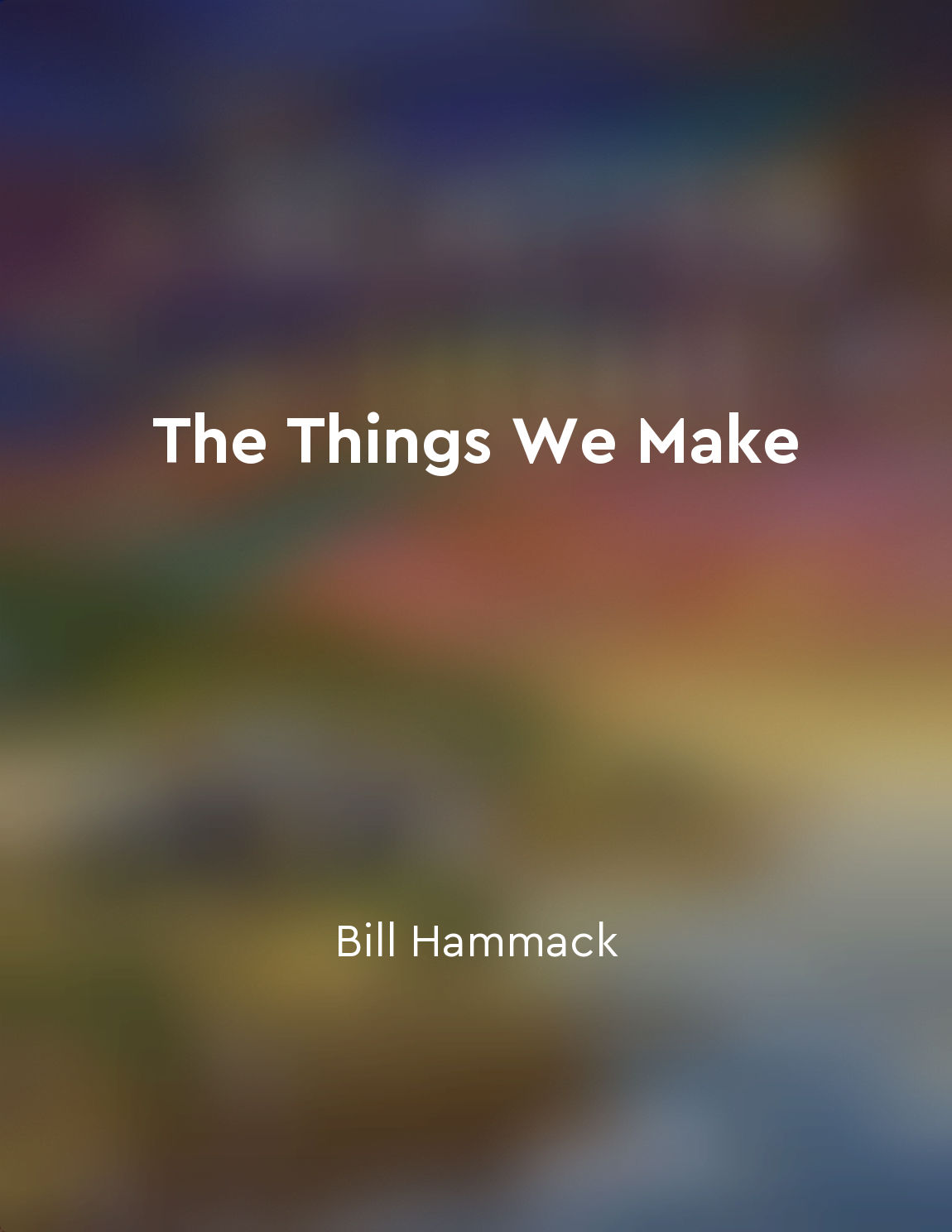Understanding the history of manufacturing practices provides valuable insights from "summary" of The Things We Make by Bill Hammack
To truly grasp the significance of modern manufacturing practices, one must delve into the history of how things were made in the past. By studying the evolution of manufacturing techniques over time, one can gain valuable insights into the reasons behind certain design choices, materials used, and production processes employed today. This historical perspective allows us to better understand the challenges faced by early manufacturers and the solutions they came up with to overcome them. For instance, the development of mass production techniques during the Industrial Revolution was a turning point in manufacturing history. Innovations such as interchangeable parts and assembly lines revolutionized the way products were made, leading to increased efficiency and lower costs. By examining how these methods were first implemented and refined, we can appreciate the impact they have had on modern manufacturing practices. Furthermore, studying past manufacturing practices can also shed light on the cultural and societal influences that shaped them. For example, the craftsmanship and attention to detail found in traditional handmade goods reflect the values and priorities of the time. Understanding the historical context in which these items were produced allows us to appreciate the skill and artistry that went into making them, as well as the changes that occurred as technology advanced. By exploring the history of manufacturing practices, we can also learn from past mistakes and successes. For instance, the environmental impact of certain production methods in the past can serve as a cautionary tale for present-day manufacturers. By understanding the consequences of unsustainable practices, we can make more informed decisions about how to responsibly produce goods in the future.- Delving into the history of manufacturing practices provides a wealth of insights that can enhance our understanding of modern production methods. By examining the evolution of manufacturing techniques, considering the societal influences at play, and learning from past experiences, we can gain a deeper appreciation for the processes that shape the products we use every day.


